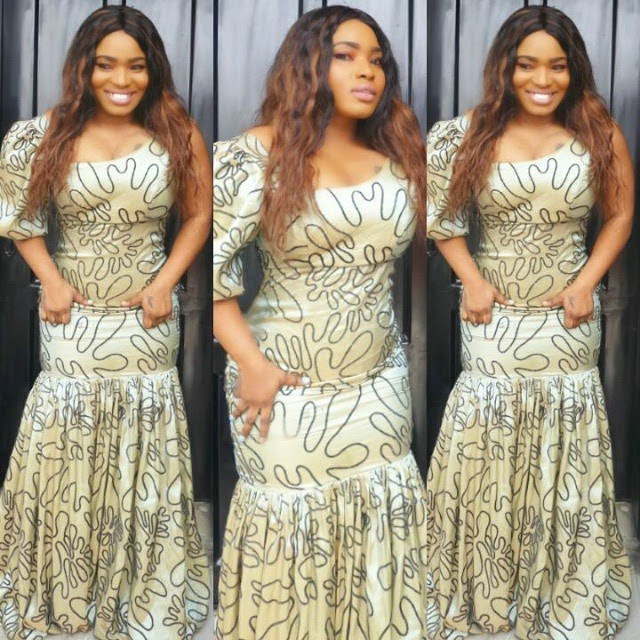I
read your article a long time ago where you were advising a lady how to tell
her boyfriend about his bad breath. I have a similar problem; my girlfriend has
the most embarrassing body odour, increased even more when she has her menses.
The big problem is that she does not seem to want to take her bath regularly at
that time. She claims the water makes her skin itch. Is this a medical problem?
How can I advise her?
Leave
this magazine lying around with the answer underlined
The problem of body odour is both
embarrassing and awkward for those who suffer from it and those who suffer
because of it. I am sure that you have used all the first principles to get her
to take control. There is a medical condition where some people itch
particularly after cold water baths but there are also a few remedies – using
hot water, putting a few drops of olive oil in the bath water or using it to
rub the skin after a bath. Whatever the case, there is simply no excuse for a
lady to have pungent body odour in these modern times where there are so many
inexpensive solutions. Encourage her to put a few drops of sodium hypochlorite
(household bleach) in her bath water, to bath two to three times daily during
her menses and eat a lot more fruit. Fruits help reduce body odour. Get her
plenty of the inexpensive body sprays and compliment her profusely whenever she
has made an effort to smell nice. Try and encourage her to change her underwear
every time she changes her sanitary pad. If nothing else seems to work, leave
this magazine lying around with the answer underlined…
I
hope this helps?



















.jpg)





















